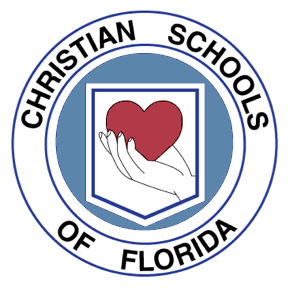Accreditation Standard #7.3
Early Childhood Program Uses Developmentally-Appropriate Assessment
The Early Childhood Program ensures that the children’s progress is measured through the use of a variety of developmentally-appropriate assessment techniques and reported with supporting documentation.
Explanatory Standards (ES)
-
-
Continuous Student Assessment
Continuous Student Assessment: Ongoing assessment of children’s progress takes place and is used to plan activities for individual children and for groups of children. Children’s progress is reported with supporting documentation.
Artifact Samples of continuous student assessment -
Variety of Assessment Techniques
Variety of Assessment Techniques: The program recognizes that instructional improvement, as evidenced by the progress of children, requires the use of multiple tools for assessment. Assessment should include such tools of evidence as the following:
- Samples of children’s concrete learning explorations (writing and art projects) and sketches of constructions with blocks or sand
- Photographs, audio recordings, and videos of children engaged in play while alone and while in groups in a variety of situations and of children otherwise engaged in interactions with others
- Written observations such as time and event samplings of children’s interactions, individual and group activities and language while alone and in groups
- A checklist of developmental levels and behaviors, on which to mark children’s progress and increasing capacities across time
- Observations that address all areas of children’s development—that is, the seven intelligences, not just cognitive development
- Results of screenings and formal assessments
- Individual portfolios that contain a wide array of these records and other documentation and that aid teachers in using flexibility to adapt lesson plans
- Written assessment tools shared with parents
-
Providing for and Using Trained Observation
The director ensures instructional staff are either qualified to observe children and record these observations or have aid from personnel trained in methods of observing children and recording these observations. Results of observations are used for curriculum planning after identification of each child’s stage of development, and parent/guardian conferences.
Artifact Written observations by trained staff -
Use of Age-Appropriate, Research-Based Assessment Tool
An age-appropriate, research-based assessment tool is used to identify the developmental levels and growth of children.
Artifact Evidence of Age-Appropriate, Research-Based Assessment Tool -
Observations Address Child Development
Observations of children by staff address all areas of children’s development, including but not limited to multiple intelligences, learning styles, learning preferences, and spiritual and character development.
Artifact Written observations by trained staff -
Observations Address Learning Styles
Observations of children by staff address the various learning styles, multiple intelligences, and learning preferences. Staff then use these observations to incorporate classroom activities that address the individual needs, strengths, and preferences of the children in their care.
Artifact Written observations by trained staff
-
* Required
* Required
